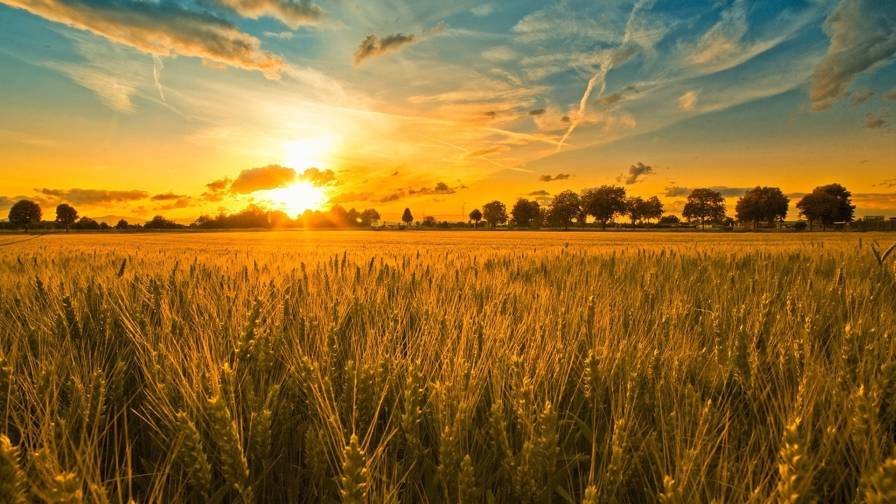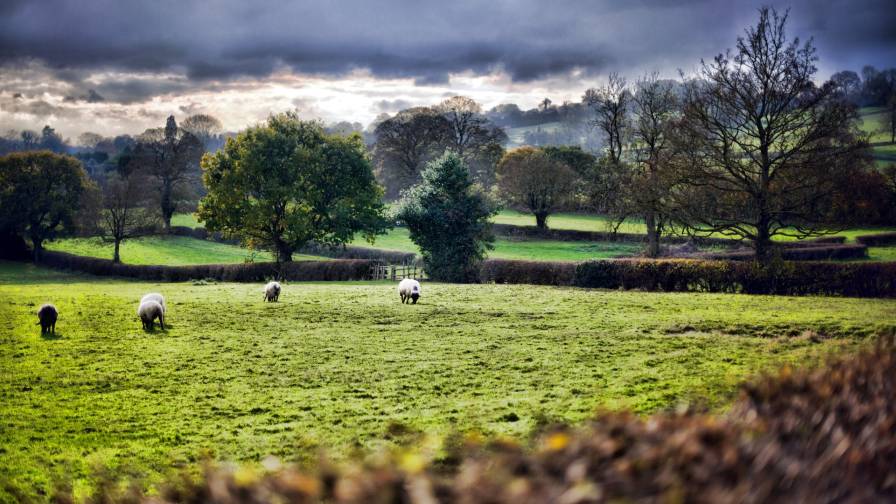Revolutionizing Agriculture Drop by Drop: From Drip Irrigation to Precision Pollination
Agricultural progress has always been intertwined with technology – the industry’s evolution can be traced alongside the innovations in farming that have helped feed our ever-growing population.
Case in point: drip irrigation was a turning point in 20th century agriculture, capable of reducing a farm’s water consumption by as much as 60 percent. Pioneered by Netafim, this revolutionary approach to water management – precision-designed systems that literally drip water directly on to crops’ roots – transformed Israel’s arid landscapes into fertile fields, using a fraction of the water used by traditional sprinklers. Precision irrigation technology has since gone global, bolstering crop yield and conserving water worldwide.
Another emerging innovation is poised to be this century’s agricultural turning point: Precision Pollination.
Seventy-five percent of food crops rely on pollination, with bees being a primary pollinator. Like drip irrigation, precision pollination promises to make better use of limited resources and remove guesswork from the process of pollinating and growing crops, helping secure the survival of our vital pollinators – and of our global food supply.
Drips of Inspiration
The success of Netafim’s journey from a fledgling idea to a technology disrupting the industry points to the transformative potential of precision pollination – if you can do more with less, you can change the world.
Just as drip irrigation revolutionized water management, precision pollination is changing how we approach a process long thought to be opaque and uncontrollable, that is usually left to the whims of nature. Both technologies challenge traditional paradigms, offering sustainable solutions to age-old problems, and both leverage data-driven insights to enhance productivity while minimizing environmental impact.
Trust the Buzz
So, what exactly makes precision pollination the next frontier in agricultural innovation?
Historically, pollination practices have been dependent on the intuition of beekeepers. But traditional methods, reliant on natural pollinators like bees, face mounting challenges such as widespread colony collapse disorder and climate change. And as populations grow and agricultural land dwindles, the need for efficient pollination practices is about more than maximizing profits for growers – it’s a matter of survival for our species.
With precision pollination, farms of all sizes now have a growing amount of insight and control over their pollinators thanks to technologies like AI, IoT, and data analytics. By harnessing these cutting-edge technologies, growers and beekeepers alike can optimize pollination processes and mitigate the risks posed by declining natural pollinator populations.
Advantages of Precision Pollination
By taking the guesswork out of pollination practices, precision pollination technologies are empowering beekeepers and growers alike in a host of ways.
The integration of IoT sensors, computer vision, and data analytics pull back the curtains on a long-shrouded window into the black box of pollination processes, enabling stakeholders to better observe and, more importantly, improve their growing practices. This includes insights such as how many healthy bees are actually in a given hive, the precise hours pollinators are visiting fields and flowers, and with what efficacy bees are pollinating an intended crop.
The creation of information platforms that power precision pollination also allows stakeholders across the industry to better coordinate their pollination efforts. By correlating the number of hives introduced across a given region or crop and ensuring spraying takes place after hives are removed from the field, pollination results will notably improve. Like the rising tide that lifts all ships, sharing and pooling multi-farm insights on hive introduction, placement and orientation, and metrics on hive strength will allow all stakeholders to achieve optimal yield.
Most importantly, precision pollination technologies not only enable beekeepers and growers to do more with less, but also provide unprecedented predictability. By reducing the need for manual labor, strengthening bee colonies, and reducing the number of hives needed for pollination, these technologies bolster efficiency across the pollination and growing processes and allow growers to sleep better at night.
The Future of Food Security
Like drip irrigation before it, precision pollination holds transformative potential for the agriculture industry, helping address some of the most pressing challenges facing modern farming.
But revolutions don’t happen overnight – realizing the full potential of precision pollination requires joint efforts from stakeholders across the agricultural ecosystem. And as with any new technology, awareness initiatives, as well as new business models and financing programs, are needed to facilitate its adoption at scale.
Investment in research and development will also be crucial in refining existing technologies and developing new solutions tailored to the needs of diverse crops, various pollinators and evolving environments – especially in the midst of climate change. Collaboration between the many stakeholders – from researchers to growers to policymakers – will expedite this transition towards a future where precision pollination becomes the industry standard.
By disrupting agricultural processes one layer at a time, we can create a more resilient and sustainable agricultural future, securing a plentiful yield for our changing world.










